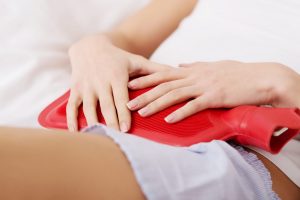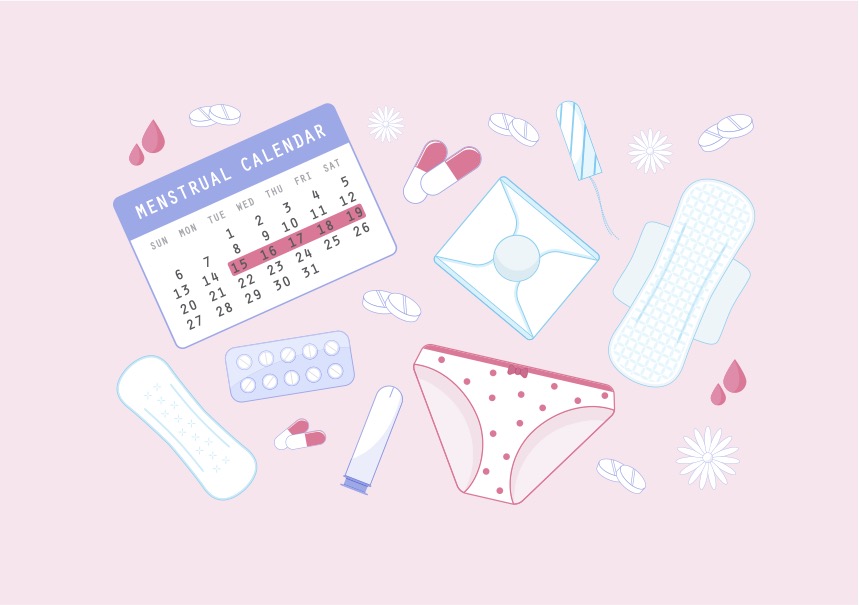For something that happens to roughly half the adult population, there’s an awful lot of taboo around periods. For young people approaching puberty, it can be particularly daunting due to many myths, misconceptions and, in some cases, no preparedness at all.
Chella Quint is a menstruation education researcher, comedian and founder of the #periodpositive movement.
She says the average age to have the first period is around 12 and a half, but anywhere from nine to 16 is considered in the normal range.
For this reason, kids should be taught about periods before age nine so it’s not scary or a surprise.
“Treating puberty as this weird, horrible, one-off experience to be dreaded causes lots of anxiety for kids, parents, teachers… you name it,” she says.
“But if kids can understand, say, the water cycle, or the digestive system, or how cats have kittens, or even if they have a pregnant parent at home, there’s no reason they can’t understand the very basics of how menstruating bodies work.
“I always say ‘everybody had a room that was a womb’, meaning our first home, whatever our gender, was a uterus. We should be glad to know how they work, and all about the reproductive system, which includes ovulation and menstruation.”
What to expect
Menarche (the first period, a Greek word pronounced MEN-r-kee) signals the start of someone’s menstruating years.
Everyone’s first period will be different and will vary in duration, frequency and heaviness, says Head of Brand for U by Kotex Amy Darling.
“For some, their first period might be light, with a small amount of blood,” she says.
“For others, periods begin suddenly, with bright red blood appearing straight away. It’s also not uncommon for it to take some time for a person’s period to settle into a regular schedule and consistency.
“This is completely normal and nothing to be worried about.”
Choice overload
When it comes to period products, there are so many to choose from that it can be overwhelming for someone starting out.
Ms Darling explains the difference between the common options:
- “Pads: are made of absorbent material and are designed to stick to the inside of your underwear. They come in a variety of lengths, sizes, thicknesses and absorbencies.
- “Liners: just like pads, are worn inside your undies and have an adhesive strip on the bottom to keep them in place. They’re thinner and much smaller, designed for when you don’t need as much absorbency (eg, towards the end of a period or for regular daily discharge).
- “Tampons: are designed to absorb period blood by being inserted into the vagina. Just as pads do, they come in different sizes. The choice of product size is related to menstrual flow. (Please note this product may not be right for everyone, read the warnings on pack before purchase and follow the instructions for use.)
- “Period undies: are a reusable alternative that look and feel like regular underwear, with the added benefit of having a special absorbent layer designed for period protection.
- “Cups: are small, flexible, reusable cups made of rubber or silicone, designed to be inserted within the vagina to catch and collect period fluid.”
Insights from U by Kotex have shown that younger people tend to prefer using pads when they first get their period.
“However, it’s important to remember there are no rules, so why not try a couple of different options?” says Ms Darling.
“It’s all about personal preference and what makes the user feel most comfortable.”
Be period positive
Whether you’re a carer or a pharmacy staff member, one of the best ways of supporting young people approaching menarche is being period positive.
Period positivity is the idea that speaking aloud and being open about menstruation is a positive act, says Ms Quint, who coined the phrase in 2006.
“It’s not about loving periods or having periods,” she says.
“Anyone of any gender can be period positive. Negative attitudes fuelled by secrecy and fear have affected our menstrual wellbeing for so long, and this has led to a lot of people feeling ashamed of periods – thinking of them as something that happens to us rather than a cool thing our bodies can do.”
For more information and to read the feature in full as it appears in the March issue of Retail Pharmacy Assistants e-magazine, visit: rpassistants.com.au/retail-pharmacy-assistants-march-2022







